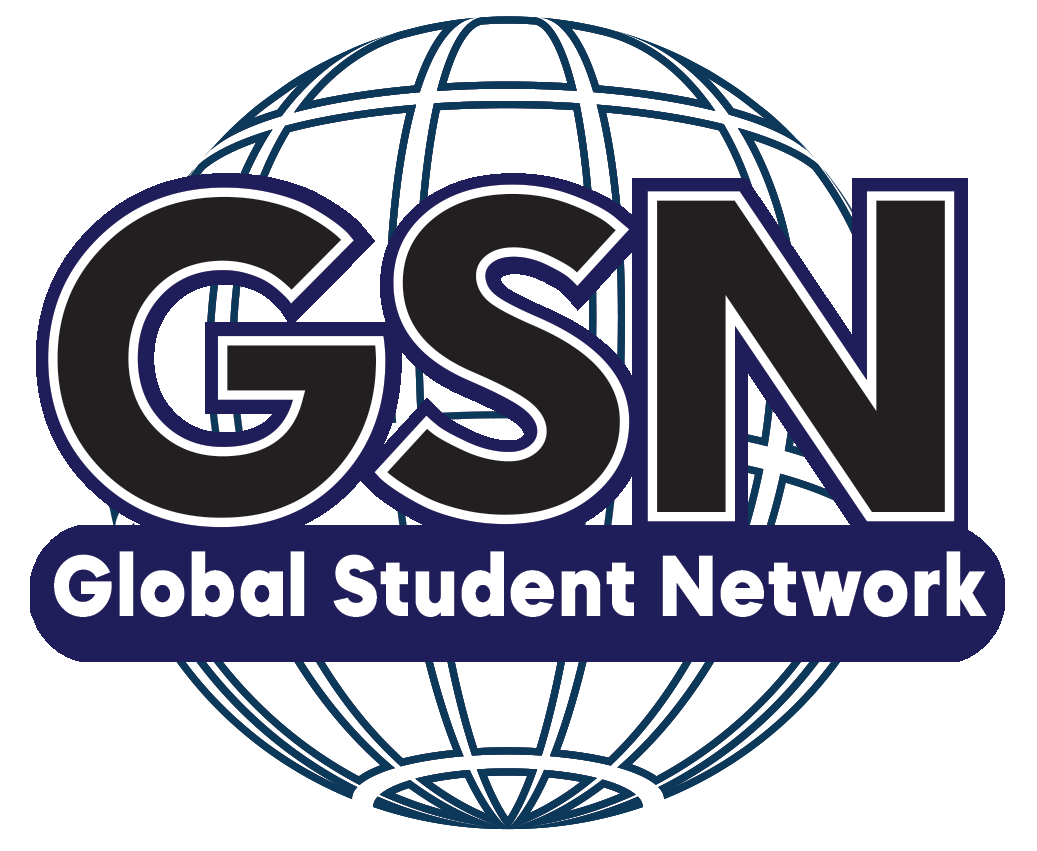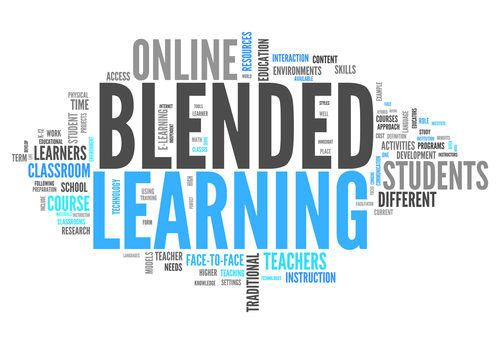Ten years ago, three education researchers noted that “online learning is sweeping across America.” They estimated that, in 2009, more than 3 million K to 12 students would take an online course, resulting in a nearly 70-fold increase over the year 2000 when an estimated 45,000 students took at least one online course. What was originally seen as a “distance learning” model has largely faded out until now “most of the growth is occurring in blended-learning environments in which students learn online in an adult-supervised environment at least part of the time.” (Clayton M. Christensen, Michael B. Horn and Curtis W. Johnson, Disrupting Class: How Disruptive Innovation will Change the Way the World Learns. New York: McGraw-Hill, 2008.)
What’s fueling the change is the combination of sometimes drastically reduced K-12 budgets plus increasingly urgent teacher shortages at the same time Americans are demanding top-notch educational results and a better educational future from our already-pressured school systems. The scenario is urgent. The “new normal” in U.S. school systems is “doing more with less.” Public school districts and charter schools are in the difficult position of having to rethink the total structure of public education in order to live within the reality of reduced public funding. Some kind of “disruptive change” is clearly needed to re-tool traditional educational models to better serve the K-12 population.
What is “Disruptive Innovation?”
Based on increasing demands for “something better” in terms of our public school systems, disruption of our traditional public school approach is not only needed, but already happening. Clayton Christensen, a leading expert in the field of “disruptive innovation,” writes that what we are experiencing is a population “longing for ‘a better education future’ – presumably involving lower costs to students and better career/life fulfillment, not to mention better global citizens needed to solve our global challenges.” “Let’s face it,” says Christensen, “there is a general sense that the current education system is not up to the challenges of the future.”
In his 2008 book “Disrupting Class,” Christensen points out that a product (in this case, a new education model) is “disruptive” when someone figures out a way to provide an innovative and simpler approach to an old problem and can present that idea to the public at a more affordable price. And “more affordable price” is a key issue when it comes to assessing needed changes in the U.S. public school system. If the new product or new approach is an answer to what the public is demanding from education, then the approach becomes “disruptive,” which simply means a better product for fewer taxpayer dollars. (http://www.claytonchristensen.com/books/disrupting-class/ )
Blended Learning as “Disruptive Innovation”
The idea of “blended learning” in terms of a fundamental re-design of the traditional education model does not mean that brick-and-mortar schools are going to disappear. What must happen is that the role of our traditional education system has to change focus to leverage online products, venues and opportunities to supplement the learning process in a way that students can get more face-to-face support and attention from teachers and administrators when they are in the classroom. The actual school facility would perhaps be re-designed to create a well-kept atmosphere where students are proud to attend and where the new focus allows for a range of athletic, music and art programs while incorporating online learning with traditional classroom time.
The Future of Blended Learning in K-12 Education
Blended learning is currently one of the hottest trends in education. As school districts and administrators learn to live with fewer resources and, as a result, are forced to rethink the structure and delivery of learning, blended learning as a useable model will continue to gain traction.
For a great summary of the future of blended learning, listen to the Getting Smart Podcast/The Future of Blended Learning. This episode was recorded at the 2016 iNACOL symposium: http://www.gettingsmart.com/2016/01/podcast-future-of-blended-learning/ .
Additional Information about Blended Learning:
- Blended: Using Disruptive Innovation to Improve Schools – by Michael B. Horn, Heather Staker and Clayton M. Christensen (Foreword). https://www.goodreads.com/book/show/23477186-blended
- Blended Learning Universe – https://www.blendedlearning.org/research/
- Blend My Learning [innovate, transform, share] – http://www.blendmylearning.com/blog/
- Blended Learning Emerges as a Leading Trend – https://www.thetechedvocate.org/blended-learning-emerges-leading-trend-education-technology-report-says/
- The Future is Blended – http://globalfocusmagazine.com/the-future-is-blended/
- Global Student Network – seven online learning programs designed for families and schools – https://www.globalstudentnetwork.com/homeschool-students-online-homeschool/courses.html

